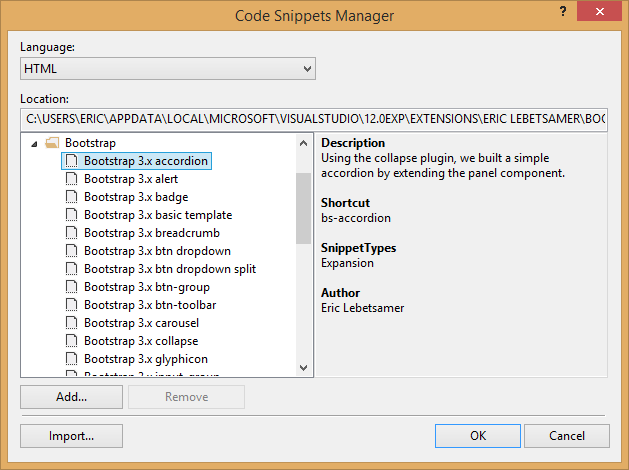
It shows a list of possible refactoring for the symbol under the caret: The one shortcut I did remember, though, is CTRL SHIFT R, which is called Refactor This. Since I'm not using all of them on a daily basis, I haven't memorized every single shortcut. Of course, there are many, many more refactoring methods in ReSharper. ReSharper will present a dialog box that allows you to specify the modifiers for the field: Similar to Introduce Variable is Introduce Field, mapped to CTRL R, F, which creates a new field from the currently selected expression. This shortcut comes in handy when you want to factor out variables of a complex expression. The next candidate is CTRL R, V which introduces a new local variable and initializes it with the currently selected expression: The suggestions for a new name are pretty good from time to time, depending on the use case: It can be used to rename namespaces, classes, structs, methods, fields, local variables, and other symbols.

#RenameĪnother shortcut I'm using rigorously is CTRL R, R which renames the symbol under the caret. I've more or less included it here for the sake of completeness – you've likely used it plenty of times. It opens the action list presenting quick-fix and refactoring suggestions: The one shortcut known by probably every ReSharper user is ALT ENTER. Here's my list of ReSharper shortcuts that I've found to be indispensable. Still, even a small subset has increased my productivity dramatically. With it comes a plethora of shortcuts, far more than I can remember.

It allows me to easily refactor components, run analyses on my code base, and quickly navigate through different files. Out of all the Visual Studio extensions I have installed, ReSharper is my favorite, by far. My 8 Favorite ReSharper Shortcuts August 10, 2014


 0 kommentar(er)
0 kommentar(er)
